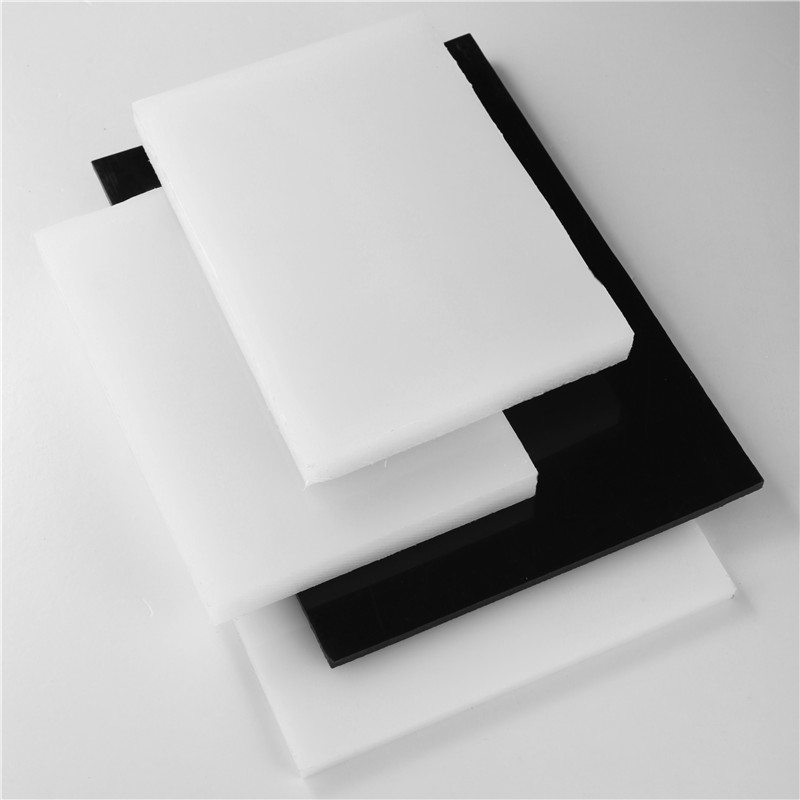Oct . 18, 2024 11:57 Back to list
Understanding PPR Hot Water Pipes for Efficient Plumbing Solutions
Understanding PPR Hot Water Pipe Benefits, Applications, and Installation
In recent years, the demand for effective and reliable plumbing systems has surged as modern infrastructure rapidly evolves. Among the myriad options available in the market, PPR (Polypropylene Random Copolymer) pipes have emerged as a favored choice for hot water distribution systems. Known for their durability, efficiency, and resistance to various environmental factors, PPR pipes have carved a niche in both residential and commercial plumbing applications.
What is PPR?
PPR, or Polypropylene Random Copolymer, is a type of plastic popularly used in the manufacturing of pipes and fittings. Its unique composition grants it several key properties, making it particularly suitable for hot water applications. PPR's resistance to high temperatures and pressures makes it an ideal alternative to traditional materials like copper and steel, which can corrode or degrade over time.
Advantages of PPR Hot Water Pipes
1. Thermal Resistance One of the most significant advantages of PPR pipes is their ability to withstand high temperatures. They can handle hot water up to 95 degrees Celsius (203 degrees Fahrenheit) without deforming or losing structural integrity. This property ensures they are safe for conveying hot water without the risk of pipe failure.
2. Corrosion Resistance Unlike metallic pipes that are prone to rust and corrosion, PPR pipes are durable and resistant to chemical corrosion. This feature not only extends the lifespan of the plumbing system but also maintains the purity of the water being transported.
3. Ease of Installation PPR pipes are lightweight, making them much easier to handle and install compared to heavier materials like steel. They can be joined using a simple heat fusion technique, which creates a strong bond without the need for additional fittings. This simplicity can significantly reduce installation time and labor costs.
4. Cost-Effectiveness Although the initial investment for PPR pipes may be higher than some alternatives, their longevity and low maintenance requirements make them more cost-effective in the long run. Homeowners and businesses can benefit from reduced replacement and repair costs over time.
5. Non-Toxic and Eco-Friendly PPR is a non-toxic material that does not leach harmful chemicals into the water, thus ensuring safe drinking water. Additionally, PPR pipes are recyclable, contributing to environmental sustainability.
Applications of PPR Hot Water Pipes
PPR hot water pipes have a wide range of applications across various sectors
. Typical uses includeppr hot water pipe

- Residential Plumbing In homes, PPR pipes are used for hot water supply systems, radiant heating systems, and underfloor heating installations, providing homeowners with reliable hot water access.
- Commercial Buildings These pipes are ideal for hotels, hospitals, and office buildings where hot water availability is crucial. Their strength and durability enable them to handle high traffic demands.
- Industrial Use Industries that require hot water for processes, cleaning, or heating can benefit significantly from the utilization of PPR piping systems, as they can withstand harsh environments and temperatures.
Installation Tips
Installing PPR hot water pipes requires some specific considerations to ensure longevity and optimal performance
- Planning Proper planning of the pipe layout and sizing is essential to avoid issues related to insufficient water flow or pressure loss.
- Proper Heating Use appropriate heating tools for the fusion joining process. The correct temperature must be maintained to ensure a strong bond.
- Expansion Considerations While PPR pipes have low thermal expansion, consideration must still be given to temperature changes. Appropriate support and fixing methods should be installed to accommodate this.
- Inspection and Testing Once installation is complete, perform pressure tests to check for leaks and ensure system integrity before putting it into operation.
Conclusion
PPR hot water pipes are a modern solution to hot water distribution challenges. Their combination of thermal resistance, non-corrosive properties, ease of installation, and overall cost-effectiveness makes them an attractive choice for both residential and commercial plumbing applications. By understanding the benefits and proper installation methods, homeowners and businesses can ensure a reliable and efficient hot water system that serves their needs for years to come. As we look to the future, PPR piping technology will undoubtedly play a significant role in advancing plumbing systems worldwide.
-
PVC Transparent Sheet Roll - Durable & Flexible PVC Plastic Sheet Roll for Industrial & Home Use
NewsJun.24,2025
-
High-Quality PVC PPR Pipes and Fittings Durable ERA PPR Solutions
NewsJun.10,2025
-
High-Quality Large HDPE Sheets & Large Diameter PVC Pipe Durable Large PVC Pipe Supplier
NewsJun.10,2025
-
High Density Polyethylene Cutting Board - Durable & Food Safe
NewsJun.09,2025
-
3 Inch PVC Pipe for Durable Irrigation Affordable & Reliable
NewsJun.09,2025
-
Premium PPR Plastic Water Pipe Fittings - Durable & Leak-Free
NewsJun.09,2025

